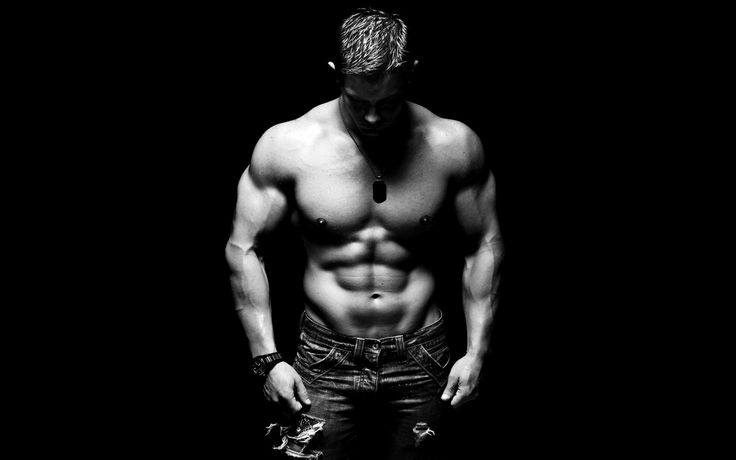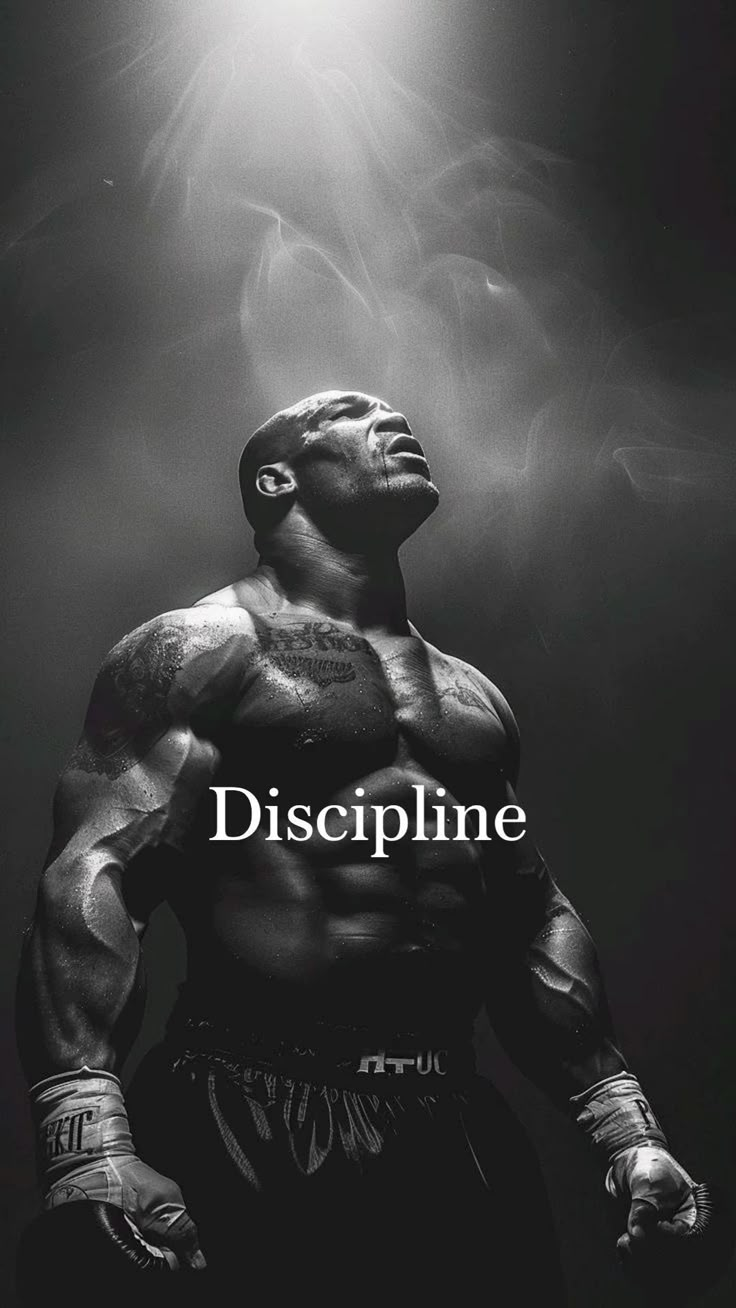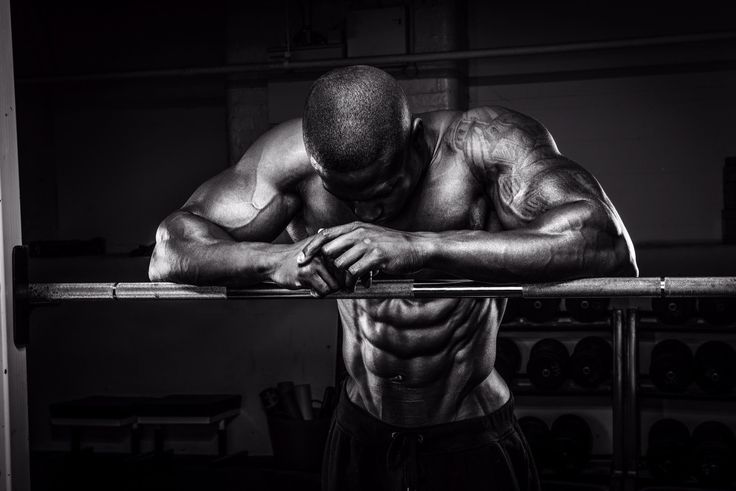
Steel in the Mind: A 2000s Bodybuilder’s Battle Beyond the Mirror
“Discipline isn’t about motivation. It’s about showing up when the world forgets you exist.”
The early 2000s marked a unique era in bodybuilding — caught between old-school grit and the rising digital age. It was a time when DVDs replaced VHS tapes, muscle forums became sacred gathering places, and photoshoots began to go viral — but real muscle was still forged offline, in sweat, blood, and silence.
This is the story of Ravi Deshmukh, a bodybuilder born in the shadows of legends, yet determined to create his own path. A name the world may not remember — but one that shaped many lives silently. His journey wasn’t just about growing bigger biceps; it was about defeating the psychological enemies within: insecurity, fear, isolation, and ego.
The Starting Point: Insecurity as Fuel
Ravi grew up in Pune in a modest household. At 19, he was skinny, acne-ridden, and carried an inferiority complex deeper than his skin. The early 2000s were not forgiving for the average guy — Bollywood glamorized “six-packs,” but offered no guidance. Fitness trainers were rare, and Google didn’t have all the answers yet. 2000s bodybuilder
But psychology tells us that pain often becomes purpose. This is called post-traumatic growth — where individuals develop strength through adversity. Ravi’s pain became his fuel.
He joined a small, concrete-walled gym in 2002. No AC, no mirrors, just iron and sweat. He couldn’t afford whey protein, so he drank milk with soaked almonds, ate boiled eggs in secret (because his parents were vegetarian), and trained with blind belief in repetition.
The Discipline Phase: Ritual Over Emotion
“Motivation got me through Day 1. Discipline got me through Year 5.”
The 2000s taught Ravi something timeless: motivation fades, but rituals remain. He created a routine like a monk — wake at 5 AM, eat, train, work a 10-hour job, eat again, sleep, repeat. 2000s bodybuilder
Psychologically, this is known as behavioral conditioning. When repeated actions are tied to goals and emotions, they turn into habits that rewire the brain. Ravi didn’t know the term — but he lived it.
He wasn’t the strongest. He wasn’t the tallest. But he was consistent, and that scared people. While others trained hard on Mondays and disappeared by Thursday, Ravi was always there. Rain, fever, heartbreak — the gym never waited, and neither did he. 2000s bodybuilder
The Pain of Progress: Delayed Gratification
One of the hardest psychological hurdles in bodybuilding is delayed gratification — resisting temporary pleasure for long-term gains.
Ravi trained for 3 years before his body started resembling the physiques in Flex Magazine. But he kept going — because every session made him mentally unshakable.
- While others scrolled through music players, he meditated between sets.
- While others searched for shortcuts, he embraced progressive overload — week after week, adding just 1 extra rep.
- While friends partied, he meal-prepped.
This mental toughness aligned with the concept of self-regulation — the ability to control emotions, behaviors, and cravings in pursuit of goals. 2000s bodybuilder
The Mental Struggles: Ego, Isolation, and Identity
By 2007, Ravi had built a jaw-dropping physique. Thick chest, capped shoulders, and veins running like maps across his forearms. But with muscle came a psychological storm.
He began to feel superior. He judged newcomers. He chased only admiration, not progress.
This was ego inflation — a cognitive bias where people overestimate their self-worth based on superficial success. And it nearly ruined him. 2000s bodybuilder
Until one day, during a deadlift session, Ravi injured his lower back. The doctor advised him to rest for 6 months. His physique shrunk. His ego shattered.
That injury became a blessing.
Ravi discovered a deeper layer of bodybuilding — identity beyond appearance. He studied sports psychology, read about neuroplasticity, and realized true strength was mental first, physical second. He returned to training, this time more mindful, more humble — and ironically, more powerful.
The Coach Within: From Student to Leader
By 2010, Ravi wasn’t just training — he was coaching. But not in the way most trainers did. He didn’t just count reps — he listened. He’d ask clients:
“What are you escaping from? Why are you really here?”
He understood that most people didn’t join gyms just to “look better.” They joined to:
- Heal from breakups
- Escape depression
- Fight anxiety
- Reclaim confidence
- Silence the noise inside their heads
And he helped them through more than training. He helped them with mindset correction, goal setting, and building self-efficacy — the belief in one’s ability to succeed. 2000s bodybuilder
The New Definition of Success
Ravi never won a national bodybuilding title. But he won something deeper: respect, transformation, and peace.
He trained over 400 clients in the 2010s, from IT professionals to housewives, not just in the gym, but in life. He taught that discipline isn’t about pushing yourself on the good days — it’s about showing up on the bad ones.
In psychological terms, Ravi became a resilience builder — someone who teaches people to bounce back, to grow under pressure, to befriend discomfort.
.
💭 The Final Set: Legacy Over Limelight
2000s Bodybuilder
Today, Ravi still trains — quietly, without social media fame, without sponsorships. He says:
“Bodybuilding taught me how to fail, recover, and rise again. The muscles will fade one day. But this mind? It’s made of iron now.”
And maybe that’s the message the 2000s gave us — real strength is invisible. It’s not the abs, not the biceps, not the PR lifts. It’s the ability to choose discomfort, every single day, without applause.
💬 Final Words: Train the Mind, Build the Body 2000s Bodybuilder
In an era where filters, steroids, and trends dominate the fitness world, Ravi’s story reminds us of something raw and rare:
Discipline is the strongest supplement.
So if you’re on your journey, struggling to stay consistent — remember him. Remember Ravi. A 2000s bodybuilder who trained not just for the mirror, but for the man within.

